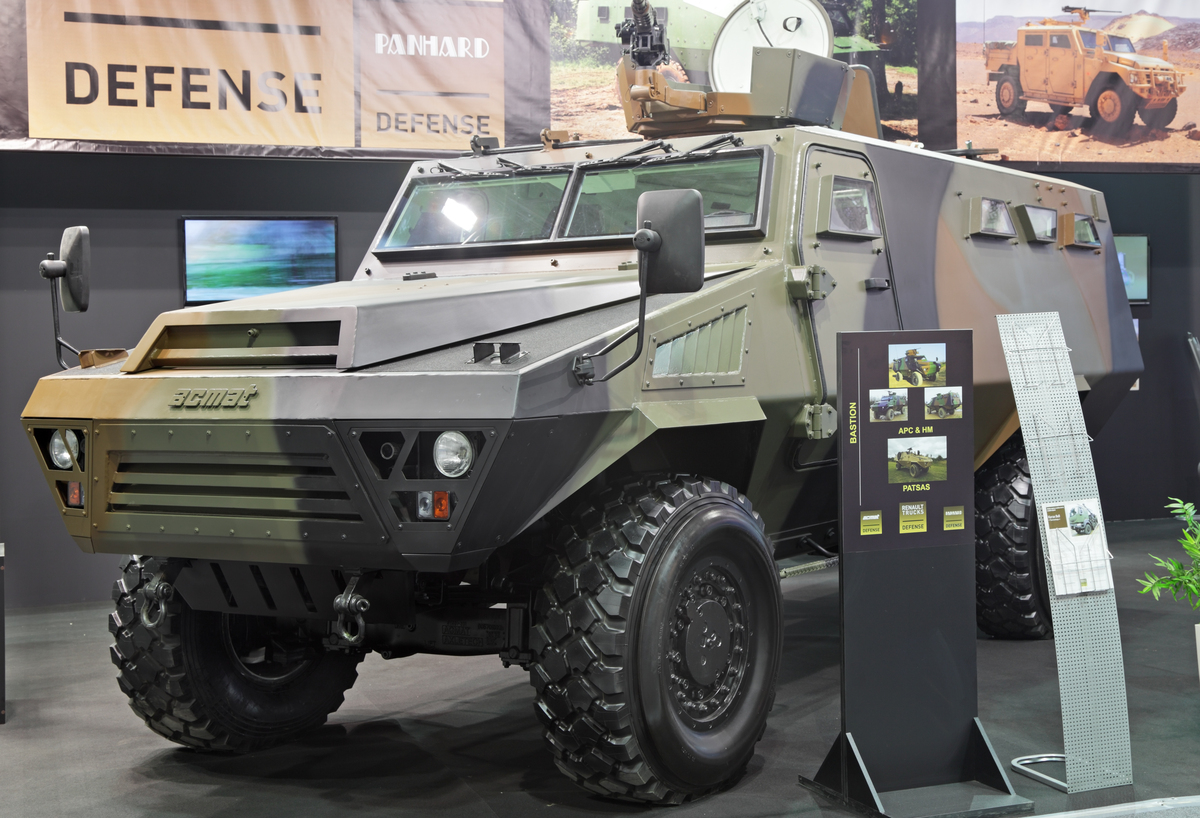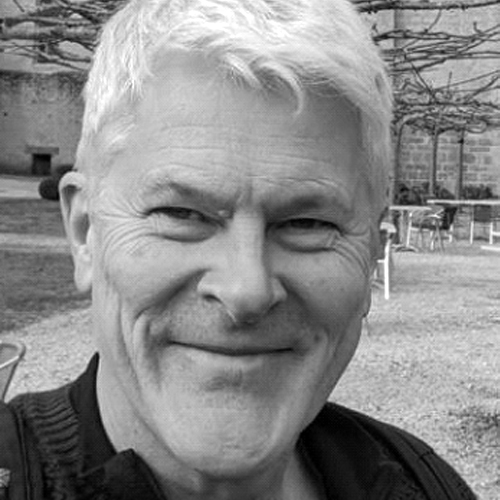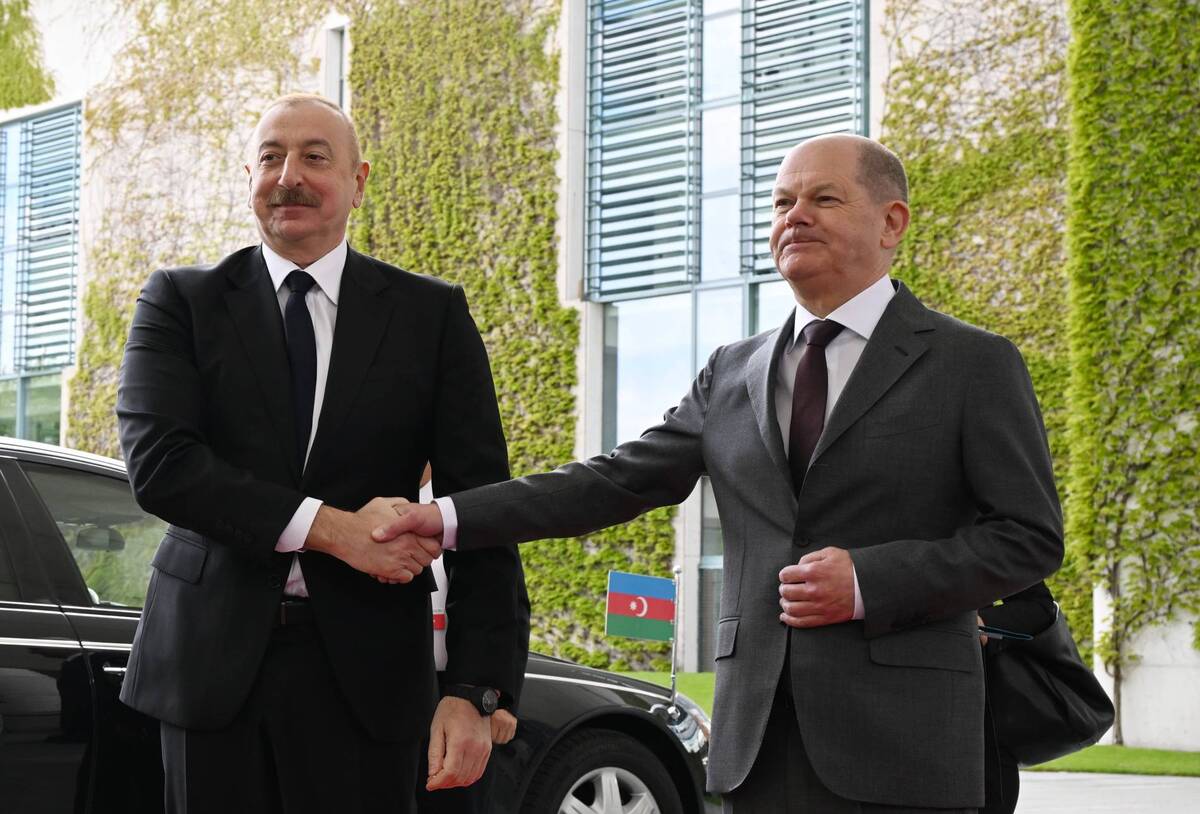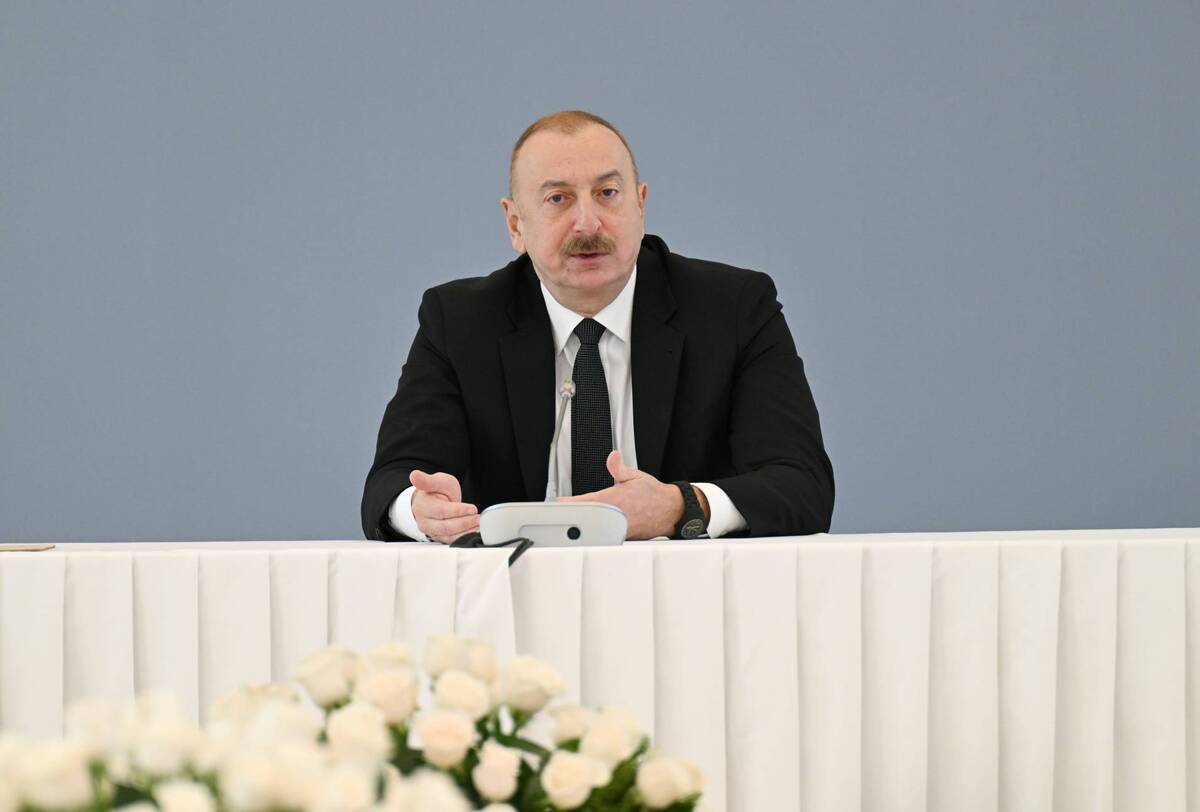- Home
- Armenia’s Pivot towards Nato Creates Waves
16 November 2023
Armenia’s Pivot towards Nato Creates Waves
The arrival of French military hardware in Armenia via Georgia highlights the complex challenge for Yerevan in negotiating a path through rapidly evolving new geopolitical realities.

Image: ID1974/Shutterstock
On November 15th, Armenian sources confirmed that over 20 French-built Bastion armoured personnel carriers (APCs) had been delivered to Yerevan via the Georgian port of Poti. On the face of it this is a modest shipment of fairly limited military importance. Indeed it has been reported (though disputed) that the very same set of 12.5-tonne vehicles had originally been offered to Ukraine but turned down by Kyiv over perceived inadequacies with the APCs’ defences against artillery and anti-tank missiles.
But it’s not really the detail of the weaponry that has caused a stir. It’s the fact that by importing any weapons whatever from a prominent member of NATO, Yerevan has broken an important taboo. Such a move threatens to enrage Russia, Armenia being part of the Moscow led anti-Nato CSTO defence pact. Meanwhile the delivery has already caused complaints from Baku – and is likely to cause friction between Azerbaijan and Georgia, as Baku berates Tbilisi for allowing the shipment to have been delivered via Georgian territory. Such sensitivities may explain a certain degree of secrecy over the vehicles’ initial arrival in Georgia, but the transit was revealed by Azerbaijani intelligence operatives in a manoeuvre which have led spy-watchers to rate Baku’s security services as being more capable than some had previously given them credit for.
In a corner
For Yerevan this small, risky, but politically significant move towards a more pro-NATO alignment dates back to October 23 when the Armenian and French foreign ministers signed an agreement including the green light for Paris to provide anti-aircraft radar systems and help Armenia modernise its military.
Developing an alignment with France is not illogical given the considerable Armenian diaspora there, and a pro-Western, pro-NATO posture would make sense for Armenia if the country were not saddled by a lot of difficult political baggage inherited from previous regimes. After all, Nikol Pashinyan came to power in Armenia in 2018 on a tsunami of public dissatisfaction that’s been dubbed a “Velvet Revolution” bringing a democratic overhaul to a political system previously seen as corrupt and kleptocratic. While such an approach won him plaudits from Western countries, at the same time Pashinyan had to move carefully given the complex geopolitical realities. Armenia’s previous leaders had depended on Moscow for defence through the CSTO, and much of the country’s economic infrastructure had been sold to Russia or Russian companies leaving Pashinyan somewhat straight-jacketed in terms of viable policy options. And of course, until recently the most significant issue had been the ramifications of Armenia’s 1990s occupation of vast swathes of neighbouring Azerbaijan resulting in enmity with both Baku and Ankara such that closed borders to east and west meant trade was (and for now still is) funnelled through Georgia and Iran.
Russian Ire
The 2020 Second Karabakh War, followed by the CSTO’s almost inaudible response to Baku’s total reintegration of Karabakh earlier this year, have doubtless left Pashinyan very vulnerable and seeking new, imaginative ways to break the deadlock and slowly move Armenia away from being locked in a Russian orbit. However, such moves remain dangerous. While Russia might seem otherwise engaged in Ukraine and the Kremlin made little noise about Yerevan’s recent arms deals with India, Moscow is contrastingly touchy with any move that Yerevan might make towards NATO, Russian Foreign Minister Sergei Lavrov suggesting that Western countries are now “courting” Armenia as a way to undermine Moscow.
Pashinyan Pushing Forward
Sections of Armenia’s stridently pro-Kremlin opposition have been deeply critical of what it sees as behaviour likely to enrage Russia, but Pashinyan appears to be taking a slow but steady path towards a more geopolitically neutral posture.
While stating that Armenia has no intention of leaving the CSTO, Pashinyan has decided not to attend the bloc’s summit on November 23 and Armenian participation in CSTO affairs has been wound down to a minimum this year. This in turn has helped build a sufficient degree of trust with Western governments to unlock the French arms deal as well as encouraging a US-Armenian joint military drill held in September – framed as preparatory training for Armenian peacekeepers but another sign that Yerevan is adjusting its overall military alignment, much to Russia’s displeasure.
Azerbaijan’s crushing victory in the Second Karabakh War has been a wake-up call for Armenia. It seems clear that its “Russian model” of military organisation was out-dated and earlier this month Yerevan’s Head of General Staff, Edward Asryan, visited the US European Command centre in Stuttgart discussing further possibilities for cooperation and modernisation.
Some observers from Azerbaijan have seen such moves towards a retooling of the military and a gradual geopolitical reorientation as suggesting preparations for another round in an interminable conflict with Baku. However, a more hopeful reading would be to take at face value the assertion that Armenian can only seek lasting peace and a full opening of relationships with its neighbours from a position of greater strength.






